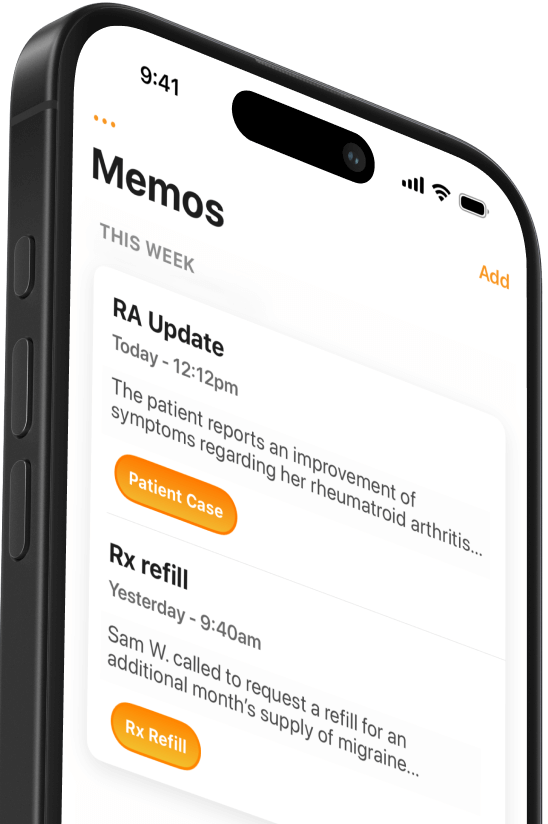The (Near) Future of Wearable Health Tech
The market for wearable health devices has exploded, led by fitness bands. But the future holds more: glucose monitoring through contact lenses or wristbands.


Popular articles
The market for wearable health devices has exploded in recent years, mostly due to the rising popularity of fitness bands. These bands track biometrics like heart rate, steps taken, and hours slept for health-conscious consumers, particularly those interested in athletic training or weight loss. But the potential for wearable health technology is enormous, potentially reaching far beyond the current offerings.
Non-invasive Glucose Monitoring
One of the most common types of wearable health device before the rise of fitness bands was continuous glucose monitoring (CGM) for diabetes mellitus patients. CGM requires the user to wear a glucose sensor implanted (and usually replaced every few days) under the skin. This system is an alternative to regularly pricking the skin to draw droplets of blood for a test strip. Researchers have tried for decades to create a noninvasive glucose monitor, a system that would not require piercing the skin, unsuccessfully.
The Google Contact Lens, which we mentioned in our last post as one of the new tools enabling the Google Baseline Study, is a Google[x] project announced in January seeking to solve this problem. The lens measures glucose in tears as a proxy for blood glucose. Testing with prototypes is underway, and the lenses are expected to be in use soon for test-subjects in the Baseline Study.
Optical Glucose and Hydration Sensors
Google is not the only team making headway on this longstanding problem; in a study recently published in Biomedical Optics Express, researchers reported success measuring blood glucose through the skin with a non-invasive light. They tested two methods, both using light-speckle patterns created by blood and altered by glucose saturation. The device requires only a low-powered laser, a magnet, and a simple camera, all of which could be assembled into a watch. The team also found that their device could detect dehydration.
While probably further from implementation than Google’s glucose meter, the wrist-band could be a more widely usable solution than a contact lens.
Optical Heart Rate Monitor
Another recent study in Biomedical Optics Express discussed using a very similar wristband measuring light scattering to track circulatory pulses. While many fitness bands and other wearables can track heart rate, all currently available consumer devices are prone to error when the user is in motion, and most users aren’t exactly looking for fitness bands that only work at rest. The optical sensor was shown to be highly accurate even when measuring only two pixels of light returning from the blood vessel and does not require direct skin contact.
These devices, in various stages of development, are likely still years away from public release, but they represent the potential the wearable sector has to improve current health monitoring drastically.
Related Articles


We Get Doctors Home on Time.
Contact us
We proudly offer enterprise-ready solutions for large clinical practices and hospitals.
Whether you’re looking for a universal dictation platform or want to improve the documentation efficiency of your workforce, we’re here to help.




